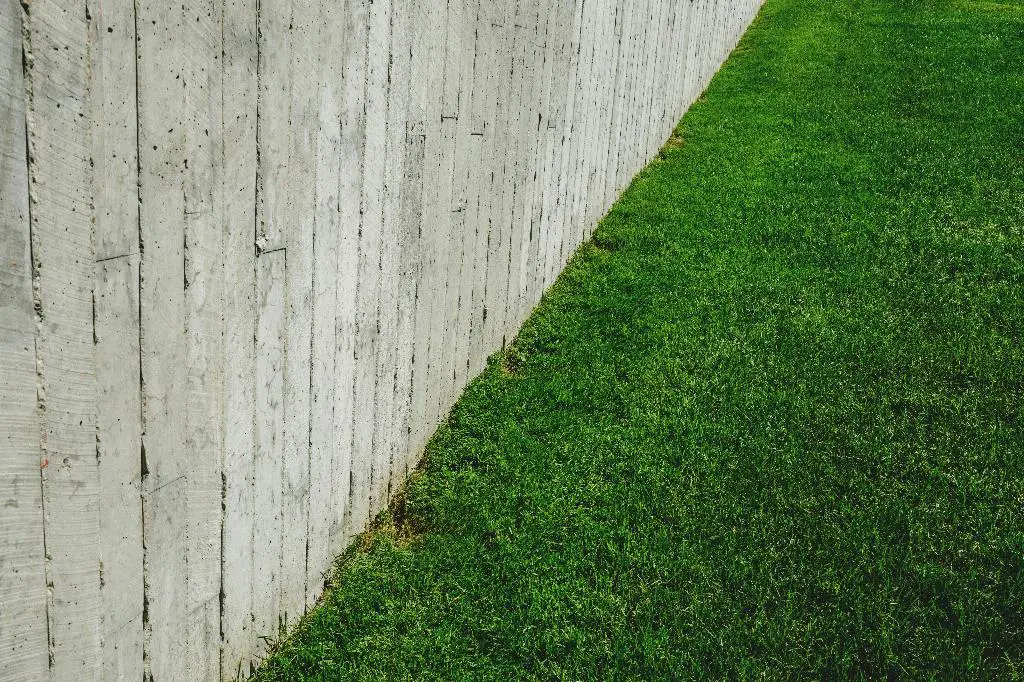If you find yourself faced with the task of removing a dead lawn, there are several methods you can consider depending on your time, budget, and level of effort you are willing to put in. One of the fastest ways to tackle this project is by physically removing the sod using a sod cutter. This involves cutting the dead grass into strips, rolling them up, and either disposing of them off-site or letting them decompose in place.
Using a sod cutter can be an effective method for quick removal, especially if you need to clear the area for a new planting project. By cutting the sod into manageable strips, you can easily lift them up and create a clean slate for your new lawn or garden bed. This method is particularly useful if you want to avoid using chemicals or machinery to remove the dead grass.
Alternatively, if you prefer a more natural approach, you can opt to smother the dead grass using a layer of cardboard or newspaper covered with mulch. This method, known as sheet mulching, works by blocking sunlight and oxygen from reaching the grass, causing it to break down over time. While this method may take longer than using a sod cutter, it can be a more environmentally friendly option.
Another method for removing a dead lawn is solarization, which involves covering the area with clear plastic to trap heat from the sun and kill off the grass and weeds underneath. This process can take several weeks to complete and requires monitoring the temperature and ensuring the grass is completely decomposed before planting new vegetation. Solarization is a chemical-free method that can be effective in preparing the soil for a new lawn.
If you are looking for a quick fix and do not mind using chemicals, herbicides can be used to kill off the dead grass before removal. It is essential to follow the instructions carefully and consider the environmental impact of using chemicals in your yard. Herbicides can expedite the process of lawn removal but may require additional steps to ensure the area is safe for new planting.
Before starting the process of removing a dead lawn, it is crucial to assess the condition of the soil and address any underlying issues that may have led to the grass’s demise. Testing the soil for pH levels, nutrients, and drainage can help you understand what adjustments are needed to create a healthy growing environment for the new lawn.
Once you have chosen a method for removing the dead grass, make sure to clear the area of any debris and prepare the soil for new planting. Adding organic matter, such as compost or aged manure, can help improve soil structure and provide essential nutrients for the new lawn to thrive. Consider aerating the soil to improve drainage and root development before laying down new sod or seeds.
After removing the dead lawn and preparing the soil, choose the appropriate type of grass or plants that are well-suited to your local climate and soil conditions. Selecting drought-tolerant varieties can help conserve water and reduce maintenance requirements, while native plants can attract beneficial pollinators and wildlife to your yard.
Whether you choose to use a sod cutter, sheet mulching, solarization, herbicides, or a combination of methods, removing a dead lawn requires careful planning and preparation to ensure successful results. By following the recommended steps and taking the time to assess your soil and choose the right type of vegetation, you can create a beautiful and healthy lawn that enhances your outdoor space.
Remember that removing a dead lawn is just the first step in the process of revitalizing your yard. Proper maintenance, watering, and fertilization are essential for establishing a lush and green lawn that adds beauty and value to your property. With the right approach and a bit of patience, you can transform your outdoor space into a thriving and inviting landscape.

